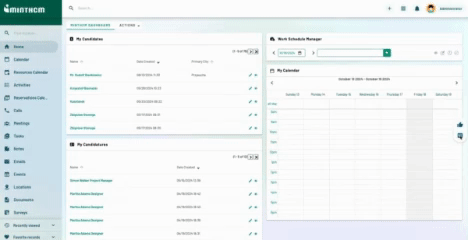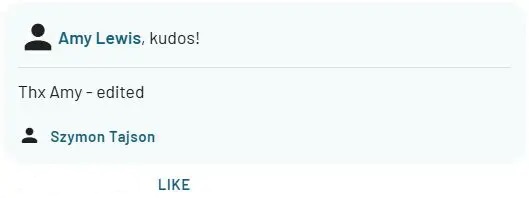30 Oct How Kudos were created and why you should introduce them to your company?
I bet you know what kudos are. If not, you probably heard about it. But do you know where this idea of thanking employees came from?
If not, let’s dive in a little into the history… history of kudos.
Historical background of kudos
The etymology of „kudos” can be traced back to Ancient Greece, where it was used to denote honor and acclaim, particularly in the context of heroic deeds and accomplishments.
References to „κῦδος” appear in classical literature, such as Homer’s Iliad and Odyssey, where it conveys a sense of glory bestowed upon individuals for their valor and success.
The term made its way into English in the late 18th century, initially as University slang among students who sought to evoke the grandeur associated with Greek mythology.
By 1831, „kudos” was recognized in the Oxford English Dictionary as a formal term denoting exceptional achievement. Its popularity surged in American English during the 1920s and 1930s, largely due to its usage in influential publications like Time magazine.
The role of kudos in contemporary organizations
Employee recognition, open acknowledgment and appreciation go a long way.
According to Kudos, a company whose sole purpose is to dish out employee kudos (because it’s that important), the number one thing that employees want at work is recognition.
For 80% of the working population, money can’t buy happiness or engagement. Half of them want opportunities to prove themselves and further their careers. The other half wants to feel emotionally connected to their company and work.
Giving prize for achievements can be as simple as a boss or peer saying „great work!” in an email, in person, or on a public forum. Such as simple solution has great power and can help companies avoid costly long-term issues.
Why companies embrace kudos?
- Enhanced employee engagement.
Regular acknowledgment through kudos can significantly boost employee morale and motivation. Engaged employees are more likely to invest effort into their work, landing to higher productivity levels.
Organizations that implement recognition programs, including kudos systems, report a 14% higher employee engagement rate compared to those without such initiatives.
- Improved retention rates.
Organizations that prioritize recognition see reduces turnover rates. Employees feel valued and are less likely to seek opportunities elsewhere when their contributions are celebrated.
Research indicates that companies with formal recognition programs experience 31% less voluntary turnover. This reduction is attributed to employees feeling valued and appreciated, which enhances their loyalty to the organization.
- Positive workplace culture.
A culture that promotes giving kudos encourages collaboration and camaraderie among employees. This environment not only attracts talent but also cultivates loyalty among existing staff.
According to Vasily Malyshev, CEO of Intelogos, creating a culture of appreciation is a powerful tool in boosting employee morale and performance. When employees feel valued and recognized for their contributions, it fosters a sense of belonging and motivates them to consistently perform at their best. Malyshev emphasizes that companies who invest in nurturing a positive culture are more likely to retain top talent and experience long-term success.
- Encouragement of innovation.
When employees feel appreciated, they are more inclined to share ideas and take initiative, driving innovation within the company.
Ways to incorporate and encourage kudos-giving
How can you implement kudos into your daily workflow? How do you encourage employees to high-five their peers for their achievements?
Got some ideas to implementing into your team workflow:
- start and end team meetings with public kudos
- create a kudos public board to showcase your team’s awesome work
- make sure that recognition is timely, specific and consistent
- express genuine thanks for a specific achievement in 1:1 meetings
- offer reward programs for achievements
Implement tools and practices that support kudos-giving shows that this is something that is here to stay.
Kudos in HO era
Since we work from home, giving paper kudos doesn’t make much sense anymore.
You probably need to find a new way that is appropriate and tailored to the form of work that most often occurs since 2020. The most convenient solution is to introduce digital kudos.
Is there a system that facilitates the granting of kudos? Actually, yes…
Kudos module in MintHCM
How to make kudos-giving easier? The newest version of MintHCM allows sending kudos to co-workers.

How can you do that?
Clicking the „like” button on the right unfolds a drawer that shows all the kudos. At the top is the „give kudos” button, next to it are the „all”, „received” and „given”.
When you click „give kudos” button, a list of employees appears, then you select the person you want to send kudos to. When clicked, a space to write kudos appears.
If you want to give kudos privately you can do so, just click the „private” slider and then send.
When you receive kudos you can react with emoji under the message.

All kudos (except for the private) are shown at the list, so everyone can see and congratulate to each other.
This is possible thanks to MintHCM and its newest version 4.1.0. You can download it now and use it in your company.

